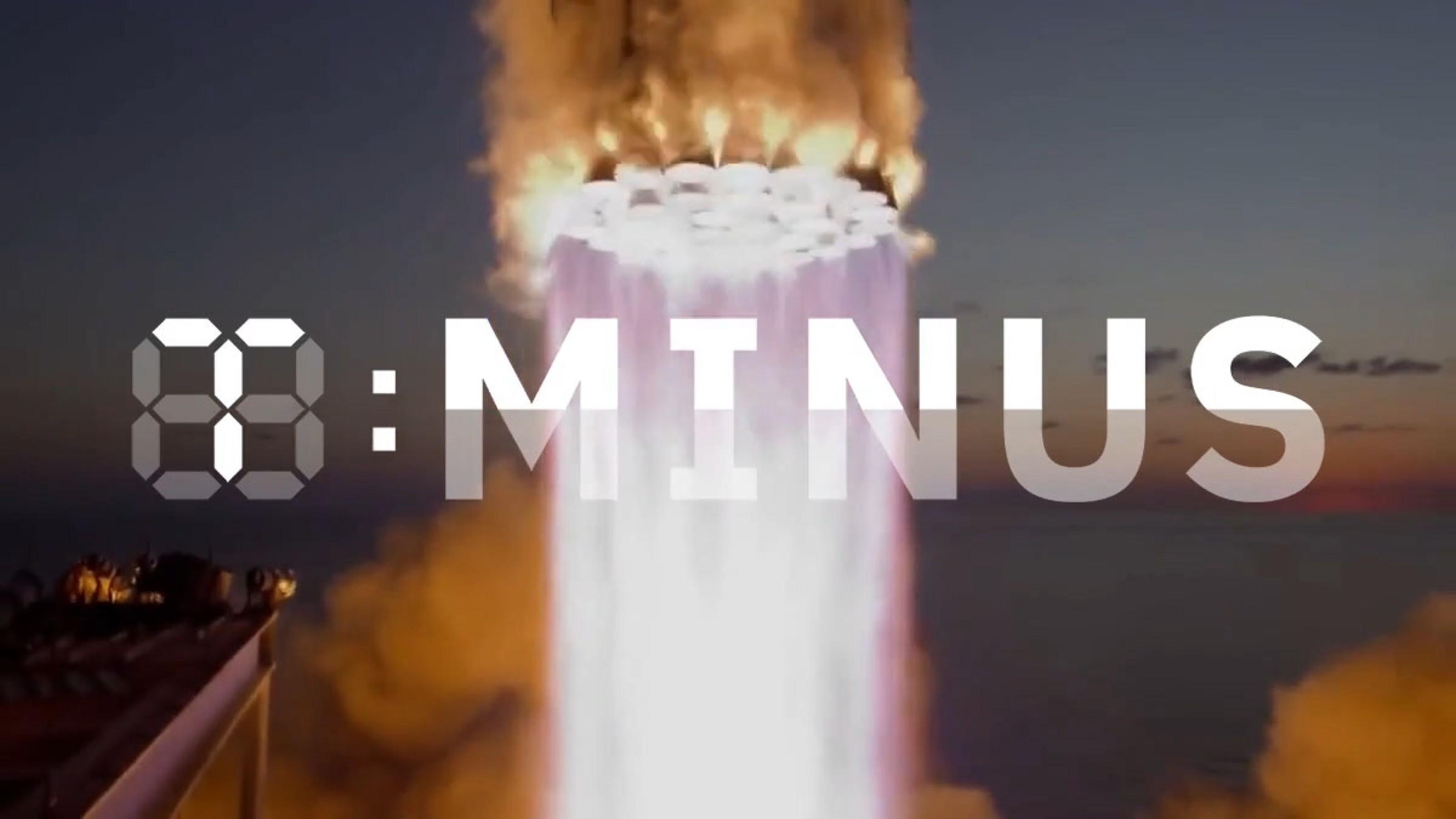Why NASA’s Kepler Mission Is Toast

The ‘big discovery’ is nothing of the kind. We need a new planet-finding mission to probe the next frontier.
Last week, NASA dropped a bombshell that it’s Kepler mission — the greatest planet-finding mission in history — had teamed up with Google’s AI to make a groundbreaking new discovery. Speculation ran rampant as to what it might be. An Earth-like twin? A signal unlike anything else we’d ever seen? Even a hint of alien intelligence, or life beyond our Solar System? Nope. Yesterday’s big reveal was an incredibly mundane announcement: Kepler-90, a star system previously known to have seven planets, was now found to have eight. While this makes Kepler-90 the only star system known to have as many planets as our Solar System, this mundane announcement highlights just how thoroughly the data from Kepler has been examined. Despite the headlines you’ll likely see in the future, bet on this: all of Kepler’s major discoveries are in the past.
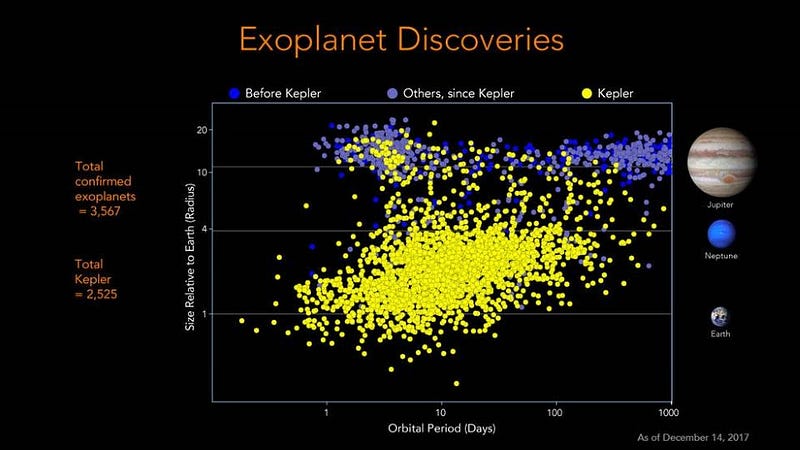
The Kepler-90 system, even before the discovery of the eighth planet, was an objectively interesting one. First, it was a G-class star, the same class as our own. The orientation of this system is nearly perfectly edge-on to our own line-of-sight, with the plane of its solar system oriented towards us at a precision of less than one degree. When we look at the main star, each time a planet makes a complete orbital revolution, we see the star dim due to the transit effect. This is how Kepler goes about finding planets: it looks for periodic dips of equal magnitude in the brightness of a star, corresponding to a planet of a certain distance and size. Follow-up observations are then undertaken to confirm the planet’s existence, moving the robust Kepler discoveries from the category of candidate planet to planet.
The three innermost worlds we found were comparable to the physical size of Earth, ranging between 18% to 32% larger than our world. All of them are incredibly close to their star, completing an orbit in two weeks or under, with the closest one orbiting at just 7% of the Earth-Sun distance. The next three planets are all closer to Neptune-sized worlds, approximately 2½ to 3 times the radius of Earth. They surely have gas envelopes around them, and orbit at distances comparable to that of Mercury or slightly beyond. The seventh planet, discovered by a rarer and more sophisticated transit-timing variations method, is actually enormous: 8 times the radius of Earth, or nearly as large as Saturn, orbiting at the distance of Venus.
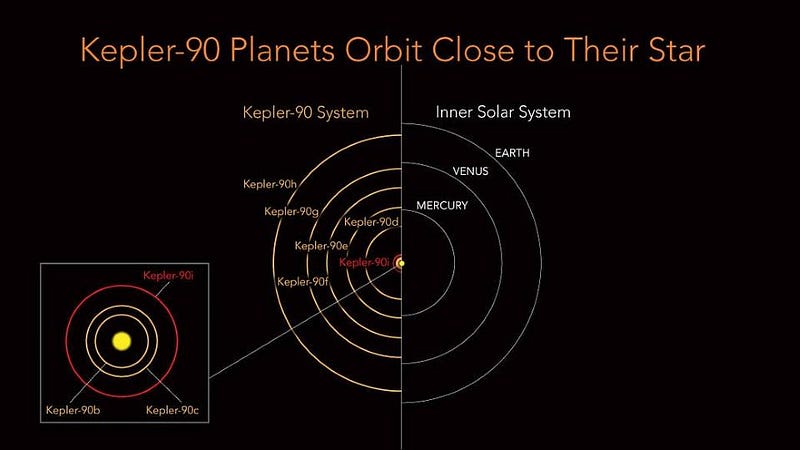
And through the use of machine learning techniques pioneered by Google, they were able to extract evidence for one more influential world, one larger than Jupiter and orbiting at the distance of Earth. Applying the same technique to the Kepler-80 system, they found another world there as well, bringing that system’s total up to five.
But this is it. This is what counts as a “major advance” for Kepler: the application of an extremely sophisticated, novel technique to extract one additional data point at the absolute limits of what the full suite of data can offer. The truth is that Kepler acquired, during its main mission lifetime, approximately three years of data concerning 150,000 stars. Well over 90% of these stars show no evidence for planets, since their alignments aren’t right to cause transits. Those that do are predominantly close to their star, because those are both the ones most likely to transit, and also the ones that have more transits, meaning more data, more signal, and a greater chance of being seen. We’re basically limited to seeing, even in the best case scenario, planets that orbit no further than Earth or Mars from their star.
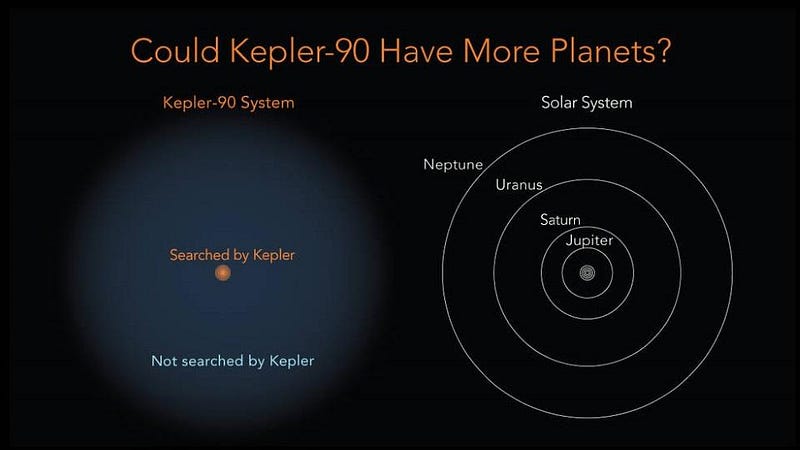
Kepler can’t really measure anything other than the orbital parameters (like semimajor axis and period) and the radius of the planet, either; that’s the only information it was designed to detect. In concert with other observatories, we can learn some other things, such as mass or orbital eccentricity, but that’s about it. We can’t measure atmospheric content, temperature, or search for signs of life with it. And even though the K2 mission is ongoing with what’s still working aboard Kepler, there’s no new data being collected on those 150,000 stars that were part of the original mission. What this latest announcement showcases, more than anything else, is that the development of new techniques to extract the tiniest amount of signal left buried in the data are the only Kepler advances left.
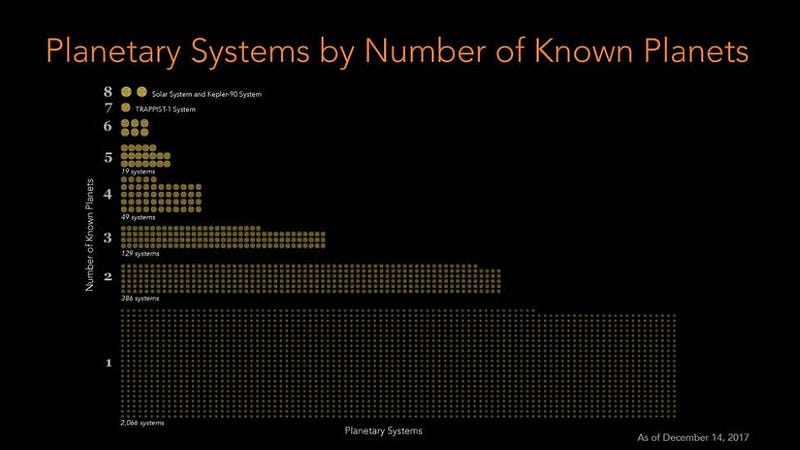
It was a great mission. The scientists working to extract the last usable pieces of data — both on an ongoing basis from K2 and from the archival data of the original mission — are honestly doing great work. But if you think Kepler-90 is anything like our Solar System, or has eight planets like ours does, you’ve fallen for the NASA hype train.
It’s very likely that there are solar systems out their like ours, and that where the alignment has been good, NASA’s Kepler would have detected perhaps the Venus-like and Earth-like worlds, with Mercury being too small and all the other worlds being too distant. The idea that a solar system would simply “end” where Earth’s orbit exists is absurd; there are certainly additional worlds beyond the ones Kepler was sensitive to. In order to see them, we’ll either need longer observing periods or the technology to do direct imaging, both of which are quite far off given the current funding situation. Based on what we’ve seen so far, it’s likely that Kepler-90 is
- a far younger system than our own,
- less evolved than our Sun and our Solar System,
- contains many more planets that are too distant for us to see (I’d guess around a total of 20),
- and that, just like our own Solar System, it constitutes a very different example of what’s also “normal” in this Universe.
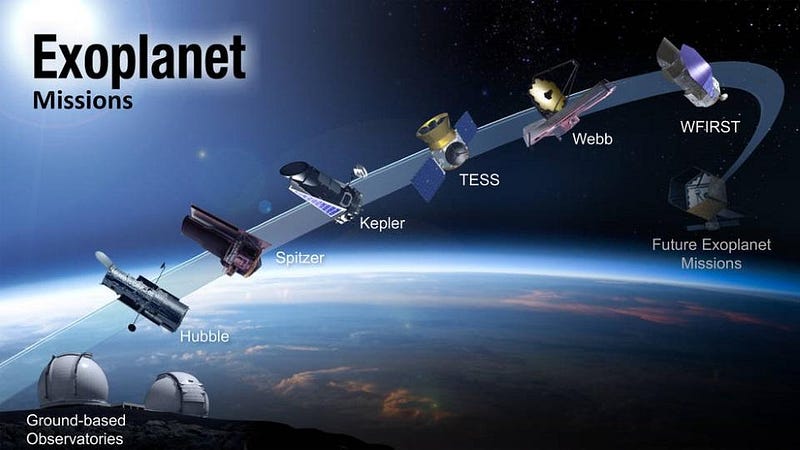
There are future missions in the pipeline that are poised to take the next great leap in planet-finding and in learning more about these planets. James Webb will allow direct imaging of large, distant exoplanets, and will potentially measure the atmospheric contents of worlds only twice the diameter of Earth. WFIRST will be even more successful at planet-hunting than Kepler was, and if it launches with a starshade, could look for organic signs on Earth-sized planets that are close enough to our own world. There are big breakthroughs ahead, but they’re on a relatively distant horizon.
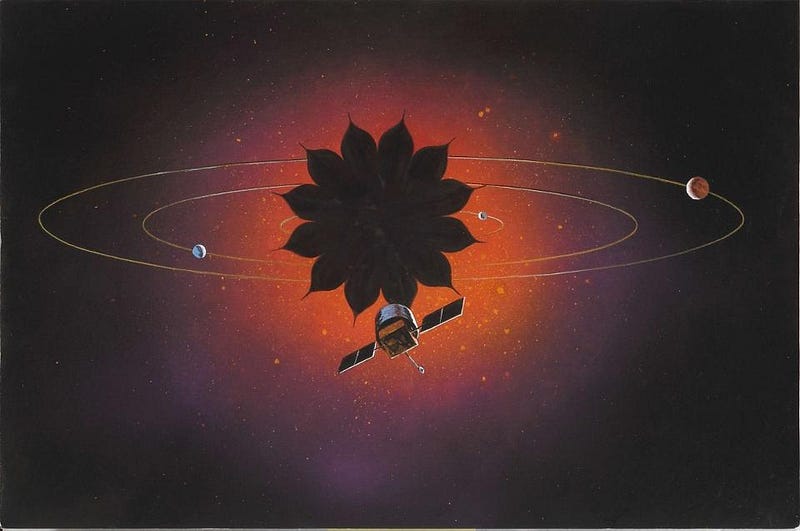
It’s been almost a decade since NASA’s Kepler began operations, and while it’s revolutionized our knowledge of planets in the Universe, we sorely need new equipment and better data to push forward in our understanding. Unfortunately, the next planet-finding mission, TESS, will be inexpensive (under $100 million; very inexpensive for a satellite mission) and unambitious: just a wide-field and low-depth version of Kepler, measuring the light from about three times as many stars for just a period of two years. There are great advances to come, but Kepler has already seen almost all of what it’s going to, and practically all of the great science we’d hoped for has already been extracted. It’s time for the next step. It’s no longer satisfying to speculate about what could be out there. It’s time to know.
Ethan Siegel is the author of Beyond the Galaxy and Treknology. You can pre-order his third book, currently in development: the Encyclopaedia Cosmologica.




